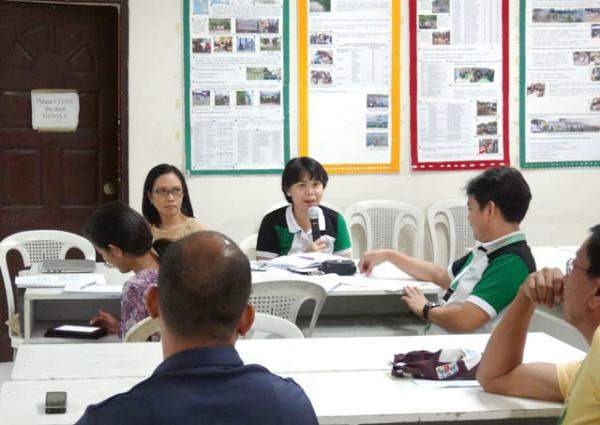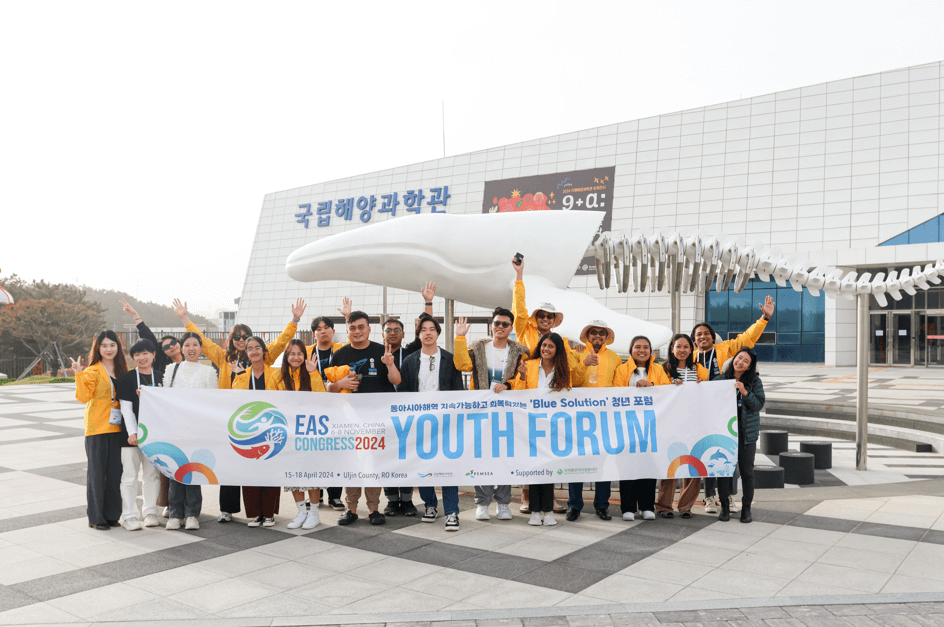First Steps Toward Rehabilitating the Batangas Bay Watershed
Thursday, 26 September 2013

Batangas, Philippines — PEMSEA is currently working with the Provincial Government of Batangas through the Provincial Government Environment and Natural Resources Office (PGENRO) and three academic partners — De La Salle Lipa, Batangas State University and Lyceum of the Philippines University-Batangas — in laying the foundation for the Batangas Bay Watershed Rehabilitation Project.
The Strategic Environmental Management Plan (SEMP) of Batangas Province identifies the Batangas Bay Watershed as a major priority area for habitat restoration and management. The watershed, with a catchment area of 472 km2 and coursing through five towns and two cities before draining into Batangas Bay, continues to suffer from deteriorating water quality due to contamination from livestock wastes and domestic sewage. This poses a potential health risk for communities along the watershed and an impending threat to the river, coastal and marine ecosystems of Batangas Bay and ultimately the Verde Island Passage Marine Corridor, which is a recognized center for marine biodiversity.
This year, several consultation meetings for the rehabilitation project were undertaken to prepare the ground work for the project. An Executive Order will be issued by the Governor of Batangas Province to provide the legal basis for the seven local government units (LGUs) located along the Batangas Bay Watershed to participate in implementing the project.
As an initial step, a State of the Batangas Bay Watershed Report is being prepared with the involvement of the three universities. Pertinent documents are being reviewed, such as comprehensive land use plans, socioeconomic profiles and solid waste management plans from the participating LGUs, to determine the type and level of data that will be used in baseline assessment of the watershed.
The project is expected to develop a Batangas Bay Watershed Rehabilitation and Sustainable Development Plan, taking into consideration the results of the application of a total pollutant load model to determine the pollutant loadings in the watershed, management interventions, as well as financing and investment scenarios for progressing toward desired water quality across the watershed area.



